THE country's fuel crisis is getting worse as long winding queues have begun to resurface across the country, a week after government banned the use of the multi-currency system.
Deputy Energy minister Magna Mudyiwa yesterday told the Daily News that the problem was arising from the fact that fuel operators are getting foreign currency to buy fuel through the interbank system and might not get the money on time to ensure constant supply.
"I think you are aware that oil companies are buying their forex from the interbank market, I think that's where the problem is. If they fail to get the required amount of money and there is gap in the money supply, that's when we start to have the queues," Mudyiwa said.
She said this is the only problem that is affecting the sector so far.
The Daily News over the weekend witnessed the long queues and chaotic scenes at most of the pump stations, as motorists battled to get the precious liquid.
While there has been erratic supply of fuel over the past months, the situation further deteriorated last week, after most pump stations ran dry following the declaration that the country will now be using the local RTGS$ as the sole currency.
The government reintroduced the Zimbabwean dollar last week, after dropping it 10 years ago due to hyperinflation, which according to the International Monetary Fund scaled past 500 billion percent.
Before the scrapping of the multi-currency system, some pump stations were selling fuel in hard currency and this had ensured constant supply of the product which is bought using hard currency.
The massive shortages come despite the recent price increase, which saw one litre of petrol going up to $5, 26 and $5, 08 for diesel.
The prices have gone up more than five times since January, this year, as shortages continue to hit the market, leaving motorists and travellers stranded.
In May the prices went up to $4, 97 for a litre of petrol and $4, 89 for diesel.
This was prior to another announcement in early April by the Zimbabwe Energy Regulatory Authority (Zera) which saw the price of petrol increase by three cents to $3, 40, before it was further increased by one cent a week later.
This price also marginally went up by one cent in the following weeks.
In previous encounters, the Zimbabwe Energy Regulatory Authority (Zera) said the increases were due to a slight increase in the free on board (FOB) price.
The price increases and shortages of fuel have also resulted in public transport operators hiking their fares, which have left the hard-pressed Zimbabweans in a dire situation.
In January, government more than doubled the cost of petrol to $3, 31 a litre and diesel to $3, 11 a litre, sparking violent protests, which left over 12 people dead following an army crackdown.
Zimbabwe has over the last few months been experiencing intermittent fuel supplies and the rise in the cost of product has also been negatively impacting on the economy and putting pressure on the cost of transporting goods as well as the price of food and services.
The fuel shortages also come at a time when the Energy sector is battling electricity problems, which has seen Zesa Holdings cutting supply for 16 hours a day.
- dailynews
 Sanganai Expo preparation descends into chaos
Sanganai Expo preparation descends into chaos  South Africa is in serious trouble
South Africa is in serious trouble  US halts visa services for Zimbabwean nationals
US halts visa services for Zimbabwean nationals  ZSE and VFEX recover after weak 1st half
ZSE and VFEX recover after weak 1st half  Gold edges up as traders await guidance
Gold edges up as traders await guidance  Zimbabwe Agricultural Show 2025 kicks off
Zimbabwe Agricultural Show 2025 kicks off  Young Investment Professional (YIP) Graduate Programme 2019
Young Investment Professional (YIP) Graduate Programme 2019 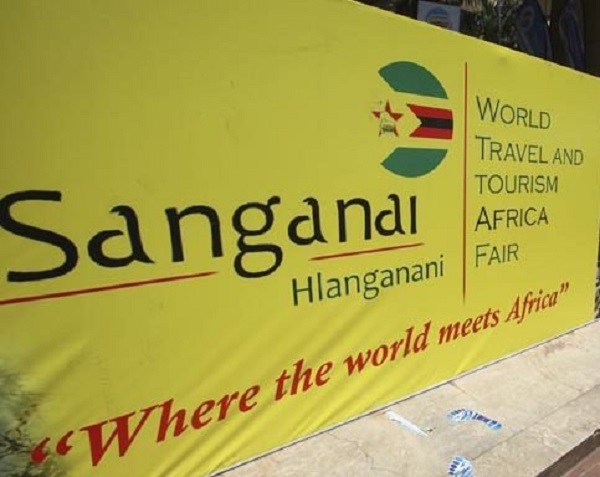
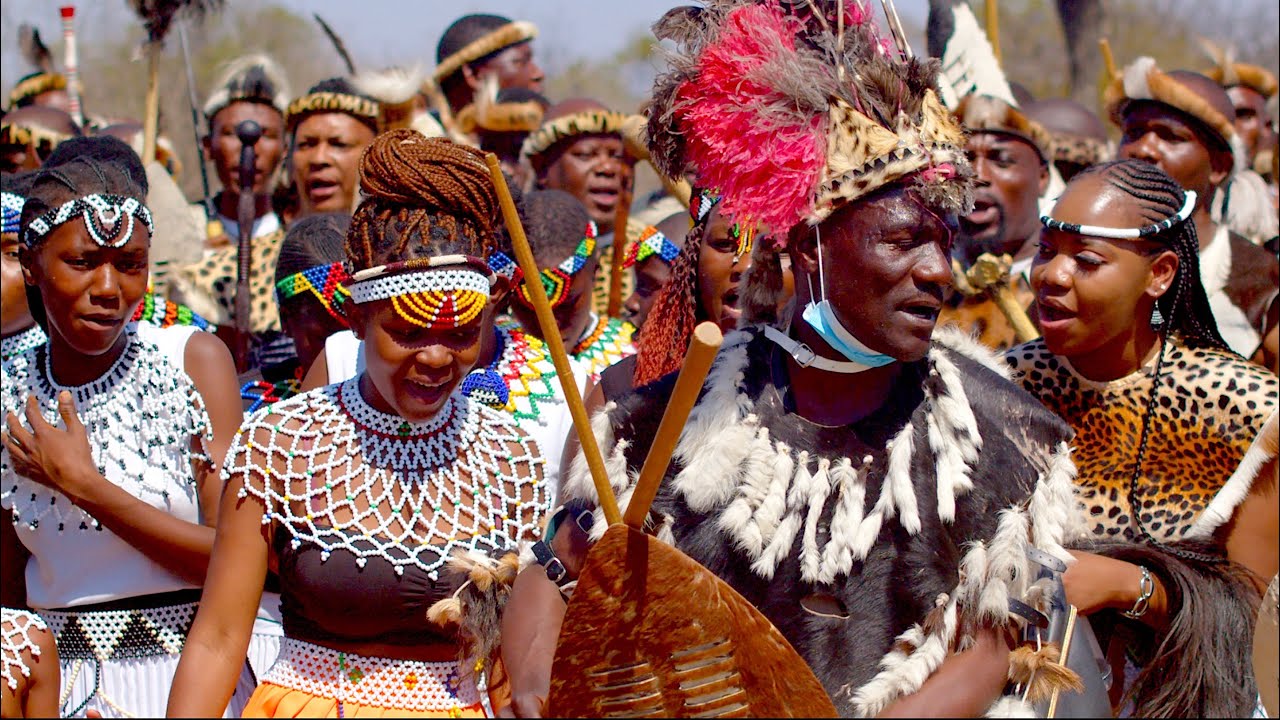
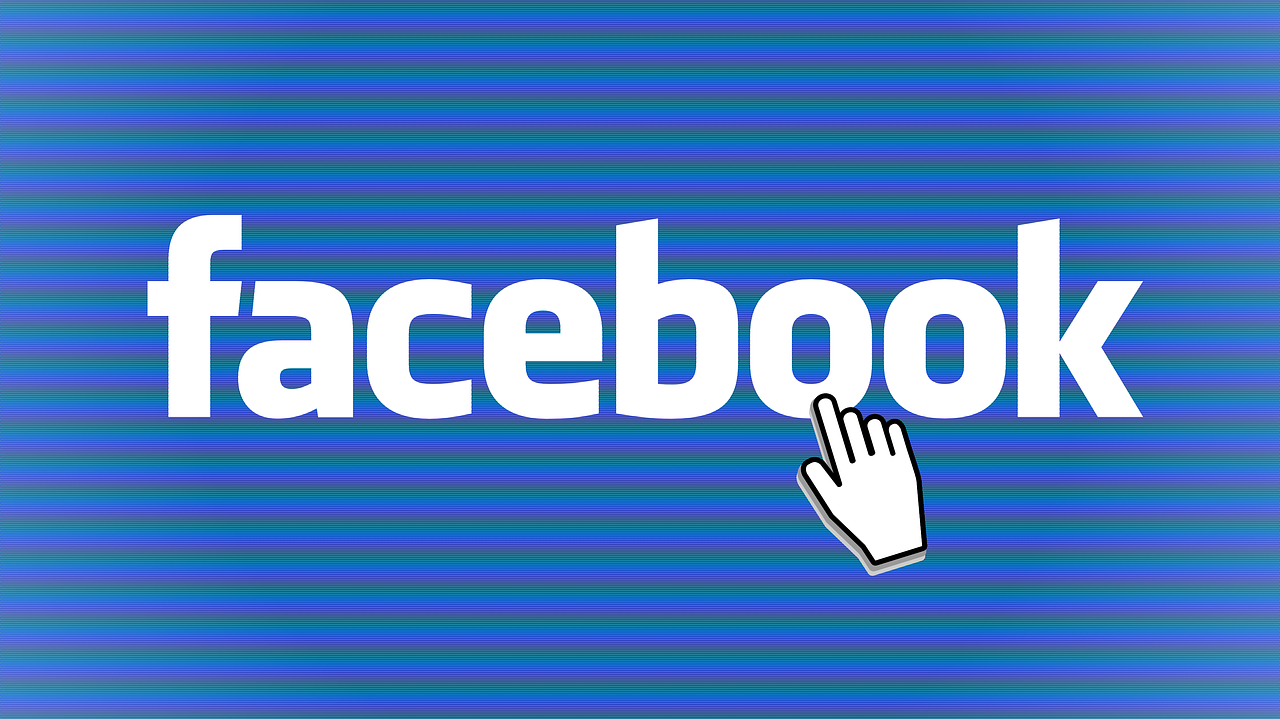
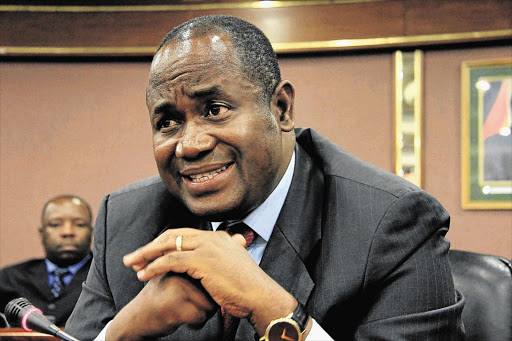
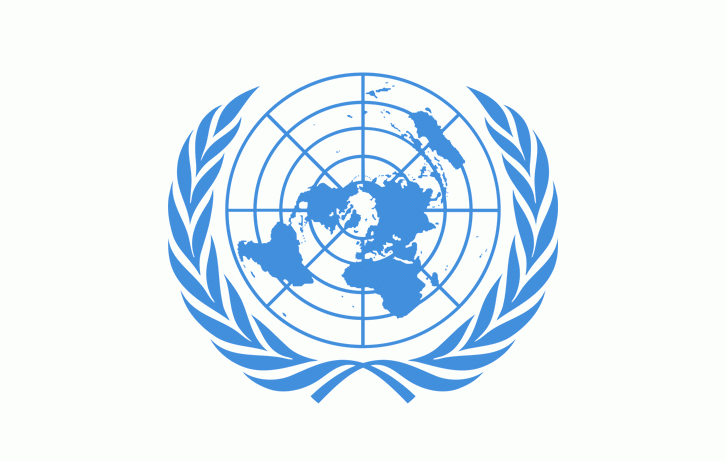
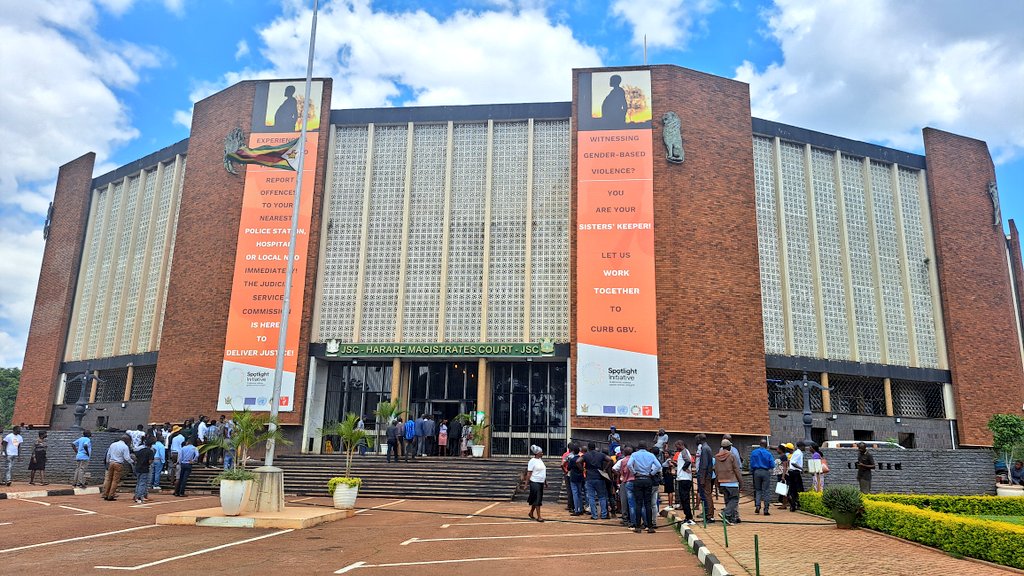
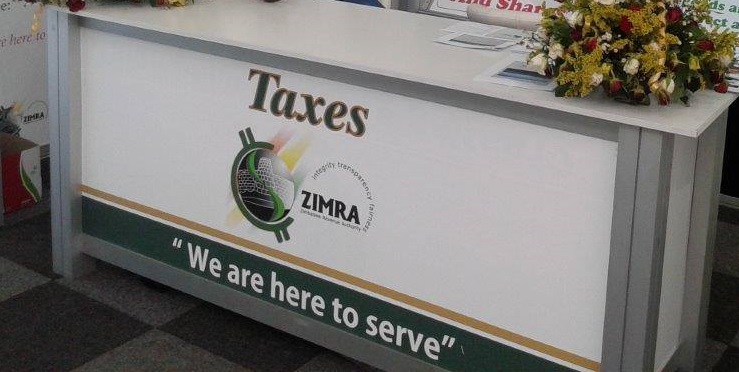
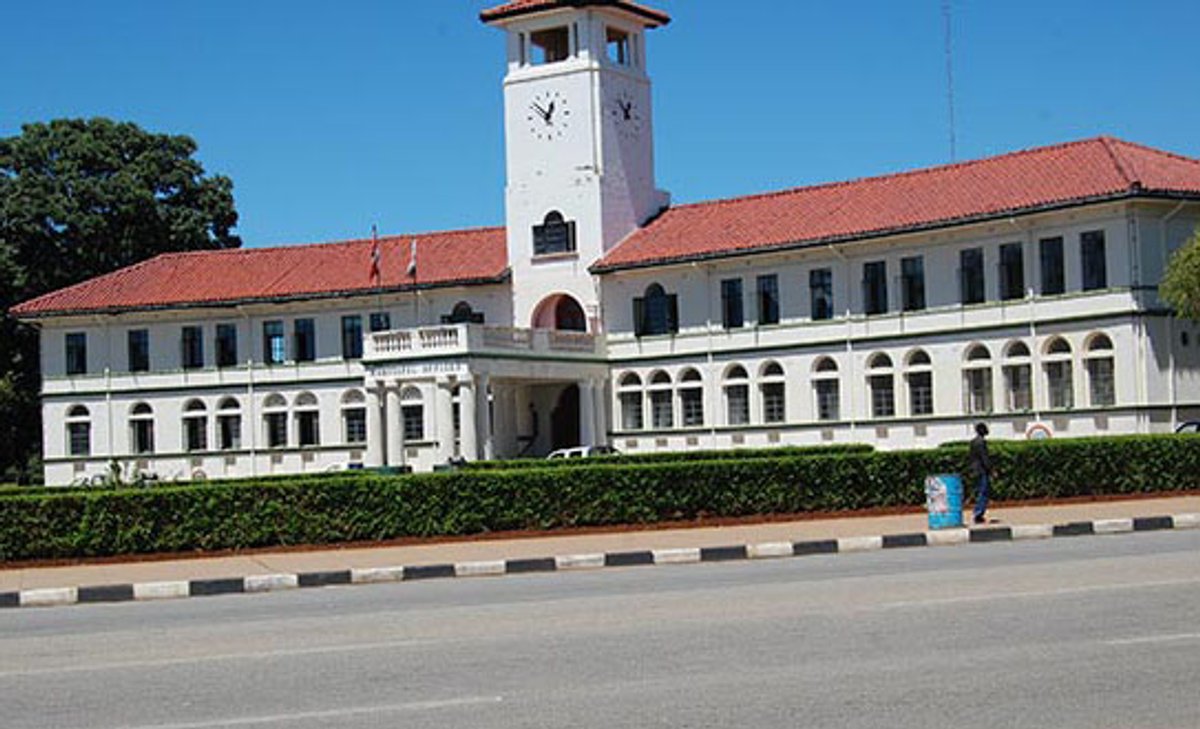
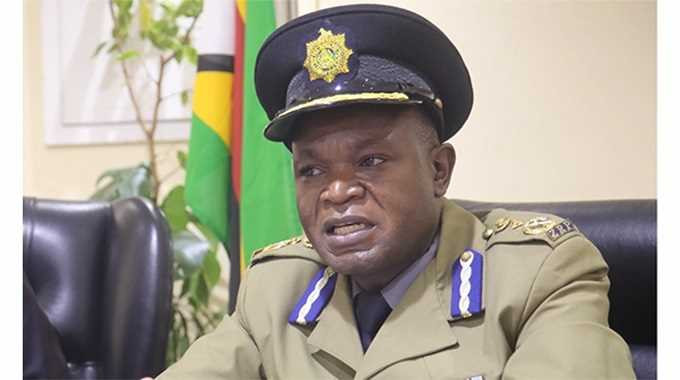
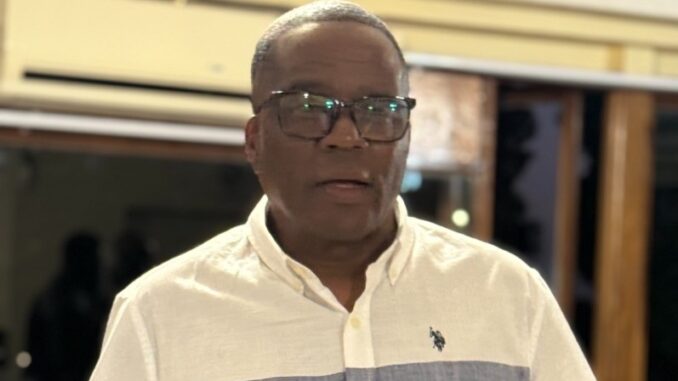

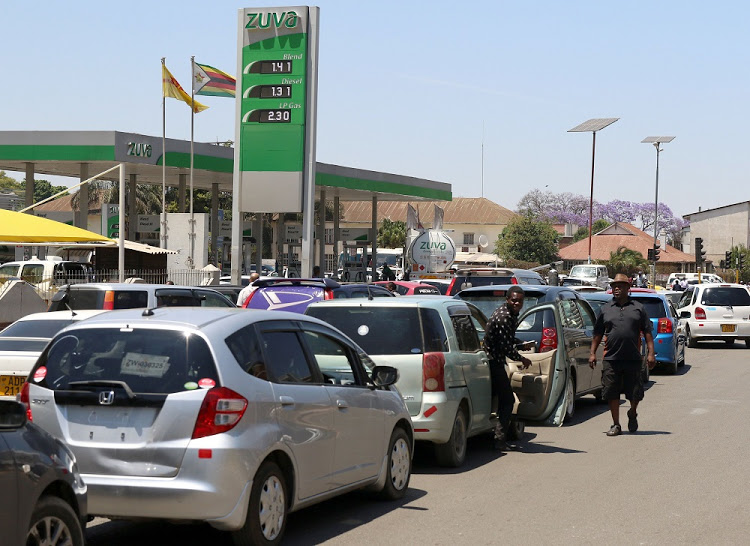
 Young Investment Professional (YIP) Graduate Programme 2019
Young Investment Professional (YIP) Graduate Programme 2019
Editor's Pick